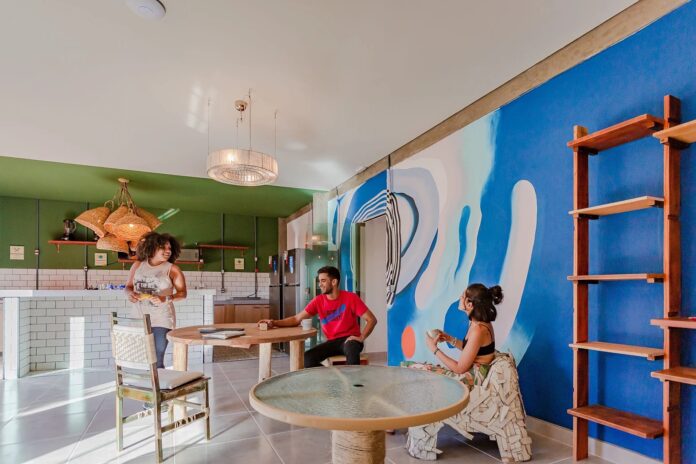The shift towards sustainable and green living has received a considerable boost, points out Joe Cianciotto. The attention has diverted and become more concentrated on climate change and renewable energy. This process concentrates on building houses that reduce environmental influence. This is done through energy conservation, the use of reusable materials, and sustainable design systems. Here are some basic features of this system:
Energy-Efficiency Features
- Insulation and Windows: High standard protection is achieved with double and triple-gazed windows. These preserve energy, restore temperature control, and lower heating and cooling needs.
- HVAC Systems: Innovative heating, cooling, and air conditioning systems that use less energy and provide healthier air quality are used in these.
- Lighting: LED lighting and smart lighting systems that change according to natural light availability and occupancy
Renewable Materials
- Recycled and Reclaimed Materials: Using materials that have been recycled or reused, such as reclaimed wood, reused metal, and other materials that reduce the need for extra resources.
- Sustainable Wood and Bamboo: Acquired from decently managed forests, these materials are reusable and have a lower environmental influence.
- Natural Insulation: Materials like sheep wool, cellulose, and hemp which are renewable and have better insulating qualities, states Joe Cianciotto.
Sustainable Design Practices
- Passive Solar Design: Buildings are made in a way to increase natural light and heat during winter. Simultaneously they lower the heat gain during summer, managing the need for artificial heating and cooling.
- Green Roofs and Walls: Such co-living spaceshave introduced vegetation on roofs and walls. This is done to improve cooling, reduce heat islands, and promote biodiversity.
- Water Efficiency: They apply systems for collecting rainwater, greywater reusing, and low-flow adapters to decrease water consumption.
- Waste Reduction: Construction methods that reduce waste are employed. These along with renewable programs are carried out for any waste that is dumped.
Certifications and Standards
- LEED( Leadership in Energy and Environmental Design) : This is a hugely accepted green building certification. It analyses the environmental performance of a building and supports renewable design.
- BREEAM( Building Research Establishment Environmental Assessment Method): Another major green building certification that estimates the renewability of buildings. This is done by considering energy, health and well-being, advancement, land use, materials, planning, pollution, transport, waste, and water.
- WELL Building Standard: This certificate concentrates on the health and well-being of residents. It deals with air, water, nourishment, light, fitness, convenience, and mind.
Economic and Social Benefits
- Cost Savings: the co-living spaces reduce energy and water bills because of the increased performance and reduced additional costs.
- Increased Property Value: Green buildings usually have the best market value and can draw higher rents or sale prices.
- Health and Well-being: Better indoor air quality, natural lighting, and additional features increase the comfort of residents, mentions Joe Cianciotto.
- Community and Environment: Reduced environmental influence, satisfactory public health, and improved community strength are an added advantage.
Technological Innovations
The following technological innovations have been achieved with the co-living spaces:
- Smart Building Systems: Introduction of IoT( Internet of Things) for energy supervision, security, and maintenance. This helps support buildings to function more effectively.
- Renewable Energy Integration: Solar panels, wind turbines, and other sustainable energy resources to reduce dependency on fossil fuels.
- Energy Storage Solutions: Innovative battery systems and other storage devices to cut down on energy use and improve grid strength.
Case Studies
Some case studies that can be highlighted in this regard include:
- The Edge in Amsterdam: It is accepted as one of the greenest buildings in the world. Joe Cianciotto emphasizes how it uses advanced technology to raise energy efficiency and renewability.
- Bullitt Center in Seattle: Projected to be the greenest commercial complex, it maintains net-zero energy and water use, and a renewable materials system.
- Bosco Verticals in Milan: This twin residential tower introduces a large number of trees and plants, improving the air quality and maintaining cooling.
By implementing these renewable procedures and strategies, the construction and real estate industries can considerably decrease their environmental impact. Additionally, they decrease climate change and encourage peaceful living and satisfactory working conditions.










































